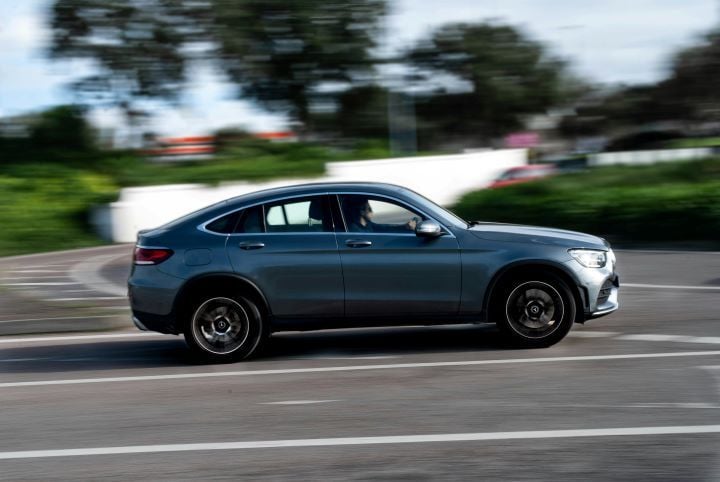Dicey Driving Declines

General phone use by drivers fell last year, along with speeding, but other risky behaviors increased.
Pexels/Attila Darvas
Some risky driving behaviors fell last year while others rose, including one of the most dangerous habits.
More drivers engaged with their cellphones while driving faster than 50 mph, one of the riskiest driving behaviors, said insurance comparison-shopping website Insurify, citing research by Cambridge Mobile Telematics.
“Even as overall phone use declines, this metric is trending up, especially on weekends and during high-speed, long-distance trips. It’s a warning signal: the nature of distraction could be evolving, shifting into higher-risk territory,” CMT said.
The study found more drivers also picked up their phones or braked hard on the road.
Phone use while driving is significant because almost a third of crashes happen within just a minute of a driver using one, Insurify said.
Other risky driving behaviors declined last year, according to the research by CMT, which Insuhttps://www.autodealertodaymagazine.com/375457/emergency-brakes-make-big-stridesrify said provides telematics data to 21 of the 25 biggest U.S. car insurers. General phone use by drivers fell, along with speeding, the research found.
Drivers who engage with their phone screens or move their phones the most on the road are 240% more likely to crash, according to the study.
Direct phone screen engagement leads to greater speed in a crash. That’s significant because the research indicates decreased screen interaction leads to dramatically reduced crashes, injuries and deaths. But driver phone screen interaction took place during 53% of trips examined in the study.
Overall driver phone use fell 9%, according to CMT, which credits greater public awareness of distracted driving dangers, increased enrollment in use-based insurance programs, expansion of hands-free phone laws to 30 states and Washington, D.C., and new vehicle technology.

